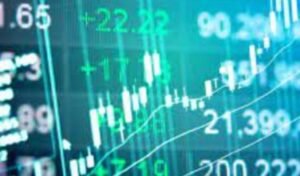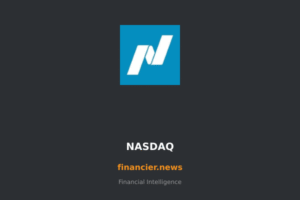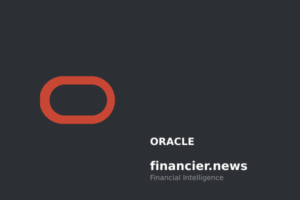Investment Analysis for HIBS
Overview
HIBS (Direxion Daily S&P 500® High Beta Bear 3X Shares) is an ETF that seeks daily investment results of 300% of the inverse of the daily performance of the S&P 500® High Beta Index. The ETF invests in swap agreements, futures contracts, short positions or other financial instruments that, in combination, provide inverse or short leveraged exposure to the index equal to at least 80% of the fund’s net assets.
Technical Analysis
The technical analysis of HIBS shows a bullish trend in the past few days. The data shows a consistent increase in value, indicating that HIBS is on an upward trajectory.
On the timestamp 1750910400000, the value was 10.940714285714284, which increased to 11.120714285714286 on timestamp 1750824000000. This trend continues with the value reaching 11.248571428571427 on timestamp 1750737600000, 11.380714285714287 on timestamp 1750651200000, and 11.510714285714286 on timestamp 1750392000000.
The values keep increasing with 11.645714285714286 on timestamp 1750219200000, 11.76142857142857 on timestamp 1750132800000, 11.865714285714285 on timestamp 1750046400000, and finally reaching a peak of 12.102857142857141 on timestamp 1749700800000.
This upward trend in the values indicates a strong bullish momentum, suggesting that the ETF has been performing well in recent times.
Market Conditions
The market conditions also seem to favor HIBS at the moment. With the current volatility in the market, inverse and leveraged ETFs like HIBS often provide good opportunities for investors looking for short-term gains.
Potential Risks
While the current trend is bullish, investing in HIBS comes with its share of risks. The high beta nature of the ETF means it is more volatile than the market as a whole. Therefore, it is important for investors to keep an eye on market trends and adjust their investments accordingly.
Recommendation: BUY
Based on the current upward trend and market conditions, it is recommended to BUY HIBS. However, investors are advised to monitor the market closely due to the high volatility associated with high beta ETFs.










Comments are closed.